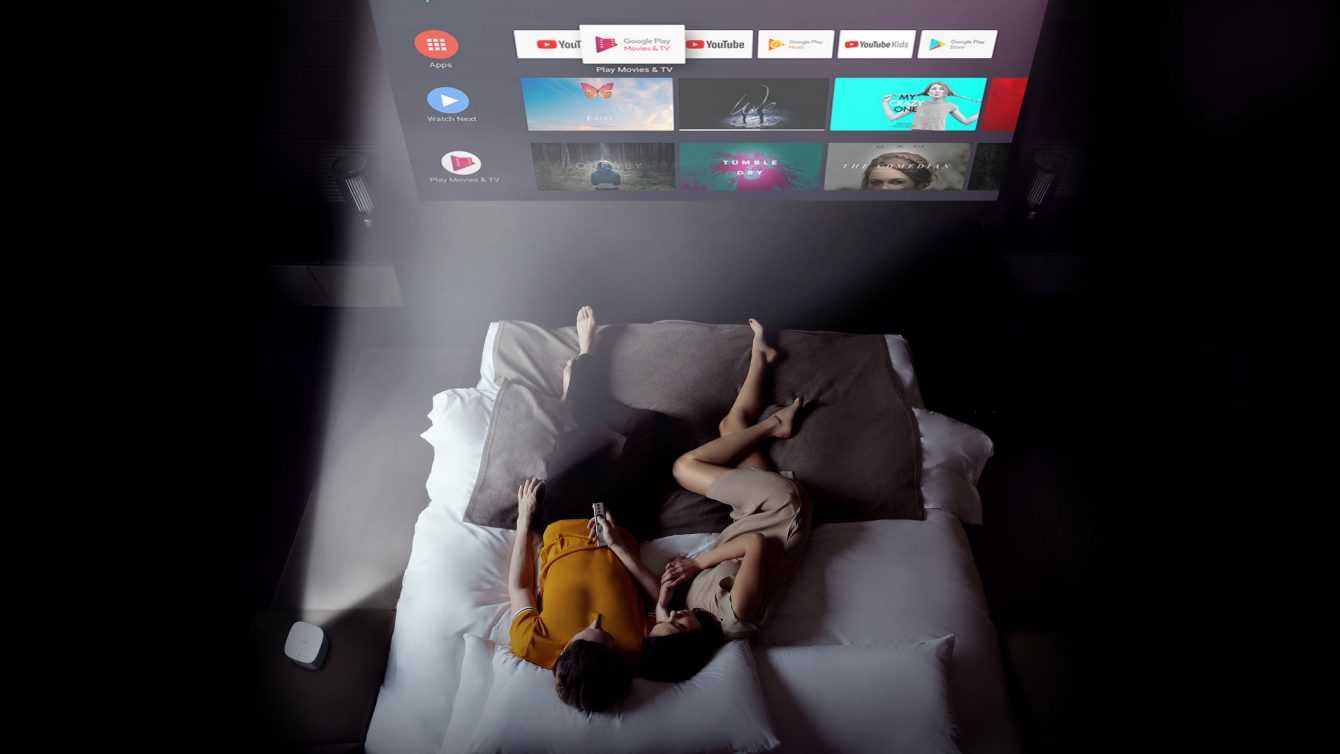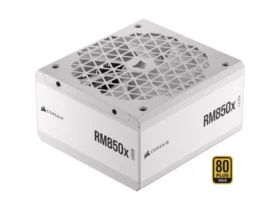Two practical ways by which you can measure your TV and choose the product that best suits your needs
Whether you’re buying a new TV or just want to move it to another room, it will be of paramount importance to measure its dimensions correctly. This, not only to ensure that this device fits perfectly in that given space, but also to guarantee you an optimal view of the images. Often, in fact, the mistake is made of relying exclusively on the inches of the TV, not considering width, height and depth. The result will be a TV that is too large or too small in relation to the room, thus detracting from the viewing experience.
TV sizes are getting bigger and bigger these days, but how do you measure TV inches?
Here, then, are two practical ways by which you can measure the television and choose the product that best suits your needs.
Method 1: Measure the size of your TV
The simplest and most intuitive method to measure the actual dimensions of the TV is the so-called diagonal one. Through this procedure, using a tape measure, we will then proceed to estimate the size of the TV by measuring from one corner of the screen to the other. To do it correctly though, you’ll need to leave out the frame and borders. The resulting value will give rise to the so-called inches of the TV.
Measure the diagonal of the screen
Using a tape measure, place one end of the measuring tool on the upper left corner of the TV screen and the other on the lower right corner. Then convert this value from centimeters to inches.
The resulting figure is usually equivalent to what is declared by the manufacturer. There are however exceptions. One of these concerns the inclusion of the frame. In fact, some brands prefer to include the edges of the TV in the measurement. Also, the diagonal measurements of TVs are sometimes rounded up. This is the case, for example, of the half inch.
Among the most common sizes on the market, there are:
- 61cm (24 inches)
- 71cm (28in)
- 81cm (32in)
- 110cm (42 inches)
- 120cm (48 inches)
- 150cm (60 inches)
Today, however, with the advent of new technologies, it is also possible to find screens larger than 180 cm, i.e. 72 inches.
Measuring your screen size will help you determine your ideal viewing distance.
Measure the width of the TV
If you intend to place the TV on a piece of furniture or any other type of support, it will be essential to calculate its actual dimensions, i.e. width, height and depth. Only in this way, in fact, can you be sure that this product fits perfectly in the space where you want to place it.
This evaluation therefore involves 3 steps:
- Width: With the tape measure in hand, proceed by placing one end on one side of the TV and the other, in a straight line, on the diametrically opposite side. In order to have a clear and accurate measurement of the product, in this case, you will also need to include the borders, frame and frame. This resulting value is generally a few centimeters lower than that resulting from the measurement of the diagonal. In other words, a 60-inch TV will have a diagonal of 150cm and a width of 130cm.
- Height: This term refers to the distance between the top and the bottom of the TV, including the frame. To proceed with this calculation, therefore, place one edge of the tape measure in the lower part of the TV, while the other, in a straight line, on the upper one. Most modern flat screen TV models have a height that is approximately 56% of their width. In other words, if we consider a 48-inch TV, this will have a width of 110 cm and a height of about 64-69 cm.
- Depth or thickness: This definition refers to the distance between the front of the TV and the back. Usually, most of the televisions on the market today are very thin. Generally, in fact, all models have a thickness below 25 cm. However, TV stands, HDMI cables, USB, HI-FI systems and other entertainment systems may need extra space. Thickness measurement is slightly more complex than the previous ones. This peculiarity is due to the rounded structure on the back of the device. In order to obtain an accurate and precise measurement of the device, we recommend that you place the TV on a flat surface and/or use a rigid measuring tape. For the calculation, the procedure is naturally the same as the previous ones. Positioning yourself sideways to the TV, then place one end of the measuring tool on the front of the TV, including the frame, and the other on the back, until you locate the furthest point. If it is particularly difficult, you can also opt for a measurement estimate.
Method 2: Measure the space where you want to install the TV
Before you buy a new TV or move an existing one to a new space, you’ll need to measure the installation area. This area will not only have to house the TV, but also the cables and systems associated with it, as well as allow you to connect everything with absolute ease. A television that is too large, for example, even if the technical measures comply with the installation space, may not guarantee maximum ease of assembly.
So let’s see how to avoid mistakes.
- Measure the installation area: whether it is a piece of furniture or an enclosed space between speakers, you will need to correctly measure every inch of the space where you want to place the television. To do this, use a tape measure. Then measure the height, depth and width of the installation area and compare them to those of the TV. In the case of positioning the TV on the wall, only height and width may suffice. We recommend that you round off the excess results and add approximately 5-10cm of space on each side of the area. This will allow you to center and place the TV in the best possible way. Also, in order not to make mistakes, write down the various measurements before going to choose and buy the new TV.
- Measure the distance from the screen: often underestimated, this value is among the most significant. We suggest that you opt for televisions whose dimensions are suitable for the room where they will be placed. A huge TV, for example, is certainly not ideal in tight spaces as images will tend to appear blurry and grainy. In order to select the product that best suits your needs, you can measure the distance between the point where the TV will be positioned and where you will sit. The easiest method then consists in multiplying this value by the factor 0.84. The figure obtained indicates the diagonal of the screen, in centimeters, which will then be converted into inches. For example: if the distance between the sofa and the TV is 180 cm, the best product will have a screen of about 60 inches.
- Evaluation of the aspect ratio: this value indicates the link between the size of the TV and its graphics. Usually, new televisions have an aspect ratio of 16:9 which allows an optimal and correctly balanced view, in width and height, of the images. The older models, on the other hand, had an aspect ratio of 4.3. In this case, the screen size was reduced and therefore the graphics of the images were distorted. If you’re swapping your old 4:3 TV for a new one with the same aspect ratio, simply multiply the product’s height and width by 1.22. The value obtained constitutes the size of the new display to be purchased in order to correctly display the images in 4:3 format. In other words, if your old 4:3 TV has a 40-inch screen, you will need to buy a new model with at least 50 inches, otherwise, the displayed images will be smaller and grainier.
















Leave a Reply
View Comments